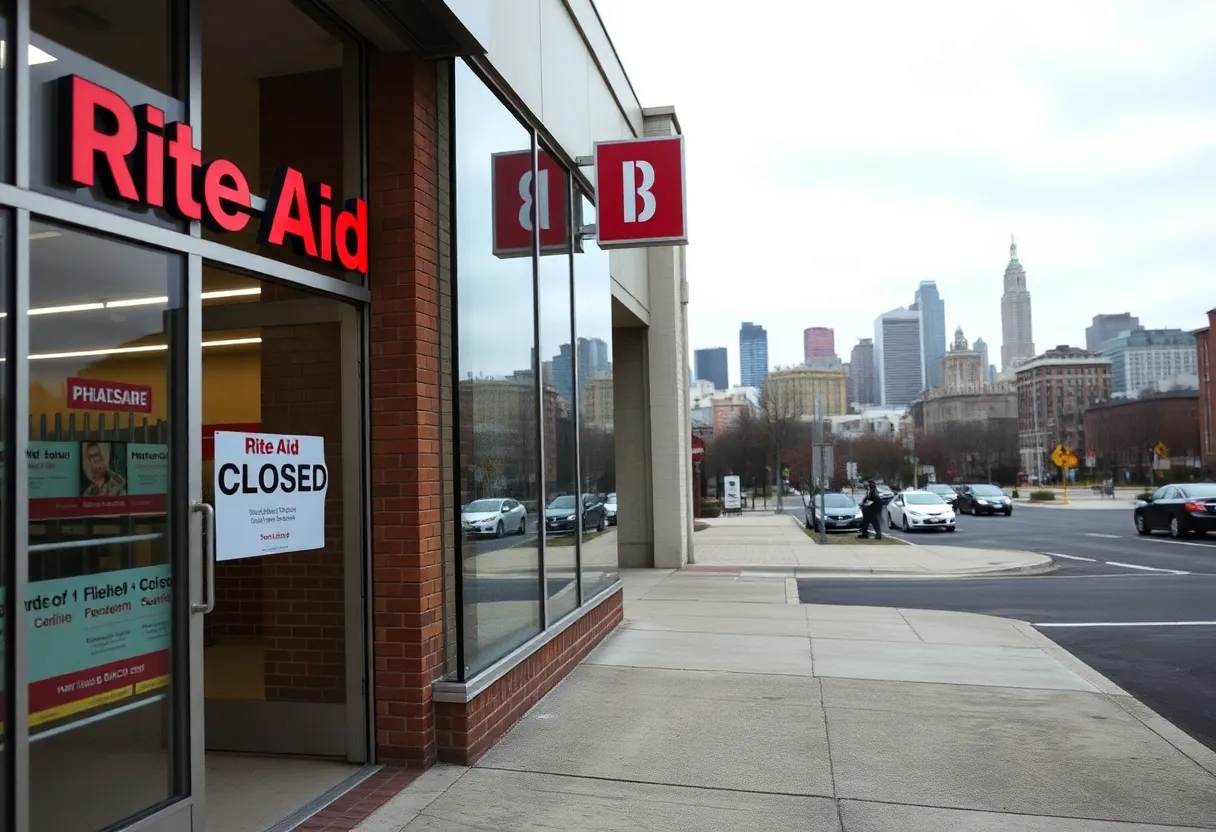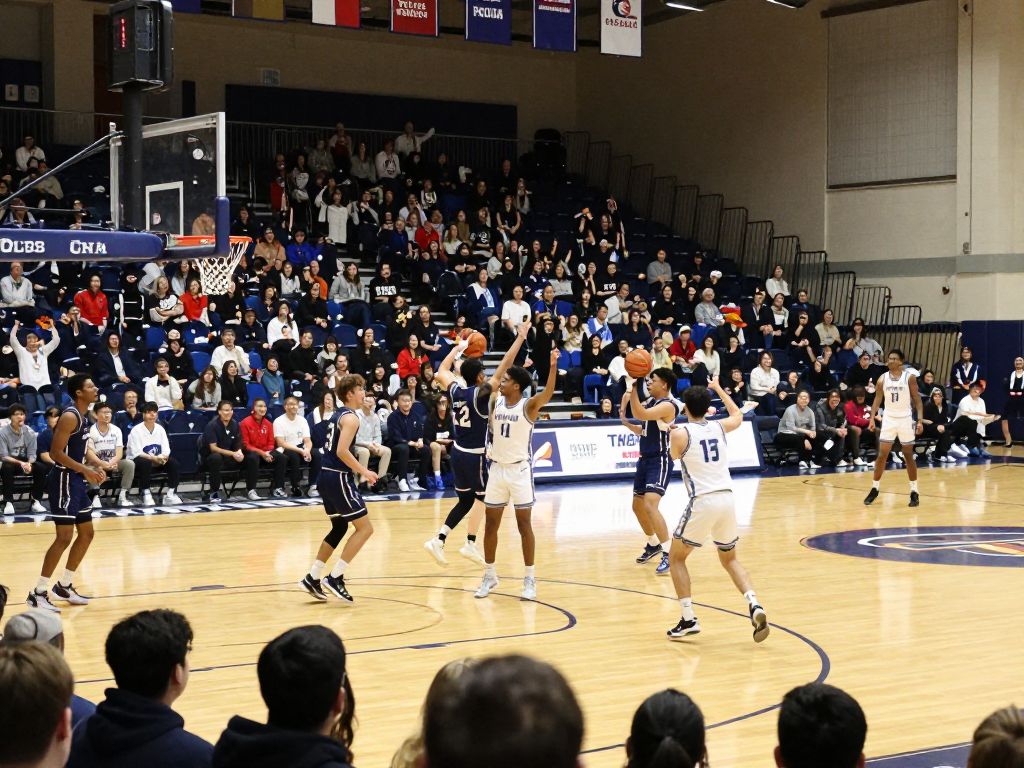Rite Aid
Rite Aid is a prominent American pharmacy retail chain with a rich history dating back to its founding in 1962. Over the decades, it expanded across the United States, becoming one of the largest drugstore chains, providing pharmacy services, health and wellness products, and general merchandise. Recently, the company has faced significant financial challenges, culminating in its filing for bankruptcy in 2023, leading to store closures and a strategic shift towards focusing on pharmacy services and real estate divestments. Rite Aid continues to adapt within a highly competitive industry, leveraging its extensive network of stores and healthcare expertise to remain a vital player in the pharmacy sector.
News Summary
Rite Aid has filed for bankruptcy protection for the second time, announcing plans to close all its U.S. stores, including 33 in Philadelphia. As the company faces intense competition and financial struggles, its pharmacy services have been sold to larger competitors. The local economy is also bracing for impacts due to these closures, including potential employment shifts within the community. With over 1,200 locations now on the market, opportunities for redevelopment and alternative business ventures may arise.
Philadelphia
Rite Aid has officially filed for bankruptcy protection for the second time, marking a significant turning point in the company’s troubled history. The retailer has announced plans to close all of its stores across the United States, which includes the shuttering of 33 locations in Philadelphia alone. This bankruptcy filing comes after a previous Chapter 11 declaration in October 2023, which had only partially addressed its ongoing financial difficulties.
Currently, Rite Aid operates approximately 1,245 stores nationwide, a stark decline from over 2,300 stores just two years prior. To navigate through this troubled period, the company is actively seeking to sell leases of its U.S. stores to potential buyers, which may provide an opportunity for many locations to reopen under different brands.
In a strategic move to bolster its finances, Rite Aid has already sold pharmacy services from more than 1,000 locations to competitors such as CVS Pharmacy, Walgreens, Albertsons, and Kroger. As part of these transactions, CVS Pharmacy emerged as the largest buyer, acquiring prescription files from over 600 Rite Aid stores across 15 states. This sales strategy indicates a shift towards focusing on pharmacy services while divesting retail locations.
The financial challenges currently facing Rite Aid are tied to increased competition from larger pharmacy chains, shrinking profit margins on prescription sales, the rise in online pharmacies, and ongoing legal battles related to opioid sales. Despite these hurdles, the company has managed to secure roughly $1.94 billion in financing aimed at sustaining its pharmacy operations while also looking to divest its retail locations.
Headquarters and Employment Impact
Additionally, Rite Aid plans to close its headquarters at the Philadelphia Navy Yard, a facility that spans around 66,000 square feet and is now available for lease. As a consequence of these closures, the local economy may experience fluctuations in employment, particularly for those employees who are directly affected by the retail and corporate layoffs.
Industry Context and Future Prospects
Rite Aid’s challenges mirror a broader trend in the pharmacy sector, where established competitors like CVS and Walgreens are also scaling back their store footprints. In light of the impending closure of Rite Aid’s locations, real estate experts are emphasizing the redevelopment potential of these prime sites, which could be repurposed for various uses such as residential developments or alternative retail businesses.
At present, over 1,200 Rite Aid retail locations are on the market across 15 states, with 121 of these sites situated in the Philadelphia area. Notably, developers such as OCF Realty are strategizing to transition some Rite Aid properties into residential housing developments, including plans for constructing condos and single-family homes.
Potential for Diverse Businesses
The track record of former Rite Aid properties suggests opportunities for diverse business ventures, where experiential gaming companies could potentially capitalize on these properties as they seek locations to expand their services. Analysts speculate that the trend could lead to “cherry picking” of Rite Aid locations by other retail chains, which might aim to capitalize on strategically advantageous sites.
Ongoing Financial Struggles
Rite Aid’s financial state remains precarious, with debt levels nearing $4 billion, which raises concerns about the company’s ability to stabilize despite active efforts to reposition itself following its bankruptcy filing. As the retail landscape continues to evolve rapidly, the outcome of Rite Aid’s restructuring and future operations remains uncertain.
Deeper Dive: News & Info About This Topic
HERE Resources
Rite Aid Files for Chapter 11 Bankruptcy Again
Rite Aid Closes 115 Stores Amid Bankruptcy Proceedings
Philadelphia Faces Severe Weather and Community Challenges
Rite Aid Files for Chapter 11 Bankruptcy and Closes Stores
Rite Aid Files for Chapter 11 Bankruptcy and Closes Stores
Rite Aid to Close 68 Stores Amid Bankruptcy Restructuring
Philadelphia Gears Up for DA Primary Showdown
Philadelphia Allocates Over $2 Million for PR and Advertising Initiatives
Rite Aid Files for Chapter 11 Bankruptcy Amid Store Closures
Larry Krasner Faces Judge Dugan in Philadelphia DA Primary
Additional Resources
- Bisnow: Rite Aid Real Estate in Philly & South Jersey
- Philly Voice: Rite Aid Closing Stores in Philly
- NBC Philadelphia: Rite Aid Bankruptcy Protection
- Philly Burbs: Rite Aid Bankruptcy and Closures
- Wikipedia: Rite Aid
- Google Search: Rite Aid Bankruptcy

Author: STAFF HERE PHILADELPHIA WRITER
The PHILADELPHIA STAFF WRITER represents the experienced team at HEREPhiladelphia.com, your go-to source for actionable local news and information in Philadelphia, Philadelphia County, and beyond. Specializing in "news you can use," we cover essential topics like product reviews for personal and business needs, local business directories, politics, real estate trends, neighborhood insights, and state news affecting the area—with deep expertise drawn from years of dedicated reporting and strong community input, including local press releases and business updates. We deliver top reporting on high-value events such as Mummers Parade, Philadelphia Flower Show, and Thanksgiving Day Parade. Our coverage extends to key organizations like the Greater Philadelphia Chamber of Commerce and United Way of Greater Philadelphia, plus leading businesses in telecommunications, food services, and healthcare that power the local economy such as Comcast, Aramark, and Children's Hospital of Philadelphia. As part of the broader HERE network, we provide comprehensive, credible insights into Pennsylvania's dynamic landscape.





